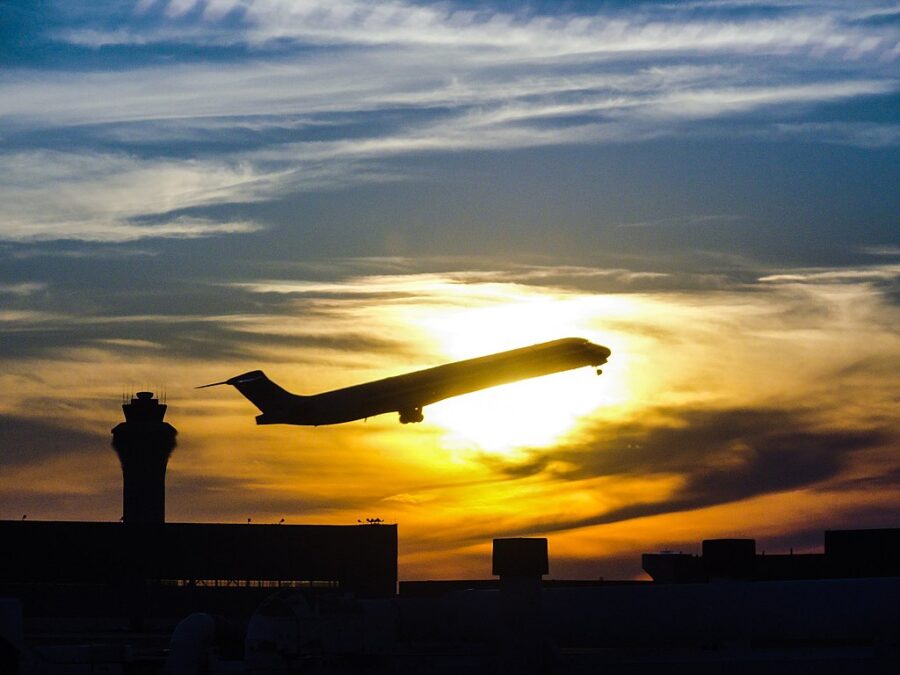FAA NextGen Air Traffic Reform Delayed, Costs Surge Past $15B

The Federal Aviation Administration’s ambitious NextGen air traffic reform program, once envisioned as a revolutionary leap forward for U.S. aviation, is facing significant delays, ballooning costs, and a diminished scope. According to a new report by the Transportation Department’s Office of Inspector General, the $15 billion initiative has so far delivered only a fraction of the promised benefits.
Launched in 2003, NextGen was intended to replace outdated radar-based air traffic management with modern satellite navigation, digital communications, and advanced automation. Two decades later, however, the FAA has achieved only about 16% of its projected benefits. “FAA has delivered a delayed, over-budget, and less transformational NextGen than originally planned,” the Inspector General concluded.
One of the program’s centerpiece upgrades—the Terminal Flight Data Manager, a $1 billion system to eliminate paper flight strips and streamline aircraft movement—has been pushed back years. Originally expected to be operational across major airports, it is now scheduled for deployment at fewer sites and not fully rolled out until 2030. The FAA has cut the number of airports receiving upgrades by 45% while costs have risen more than 20%.
Funding challenges further complicate the rollout. Congress approved $12.5 billion in July to modernize the aging U.S. air traffic system, but Transportation Secretary Sean Duffy warned this week that an additional $19 billion will be needed to meet future requirements.
The urgency of reform has been underscored by growing safety concerns. A series of near collisions and mishaps this year, along with the catastrophic mid-air crash in January between a U.S. Army helicopter and a regional American Airlines jet that killed 67 people, has intensified pressure on the FAA to accelerate improvements.
Adding to the strain, the FAA remains short by about 3,500 air traffic controllers. Those currently on duty are working six-day weeks and mandatory overtime to maintain operations. Overtime hours have surged more than 300% since 2013, costing the agency nearly $200 million last year alone.
The Inspector General’s report highlights a sobering reality: NextGen, once promoted as a transformational leap, has evolved into a more incremental modernization effort, slowed by budget constraints, staffing shortages, and shifting priorities. While upgrades have delivered some improvements—such as better routing efficiency and reduced delays—the larger vision of a fully modernized system remains far off.
For passengers, the delays could mean longer waits, more bottlenecks, and an aviation network that remains vulnerable to capacity strains and safety risks. For airlines, the uncertainty adds operational costs and complicates long-term planning.
With key NextGen programs now pushed well into the next decade, the question is not whether modernization will happen, but whether it will arrive fast enough to meet the growing demands of U.S. air travel.
Related News: https://airguide.info/?s=FAA, https://airguide.info/category/air-travel-business/travel-health-security/
Sources: AirGuide Business airguide.info, bing.com, reuters.com
